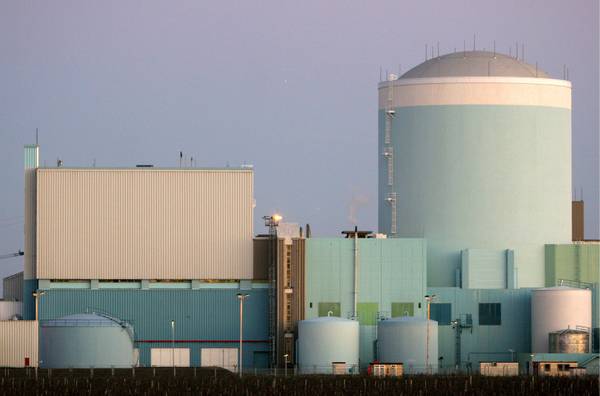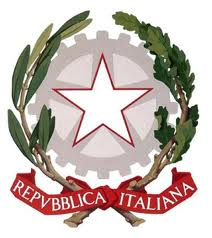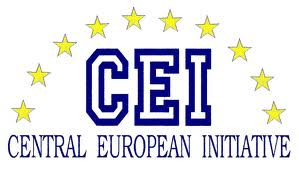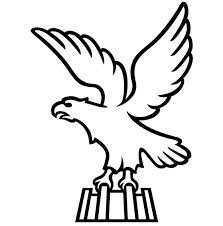Slovenia, 'nuclear' country, but coal-fuelled
08 June, 12:09by Andrej Cernic
(ANSA) - LJUBJLANA - Slovenia: a country with an operating nuclear power plant, but coal-fuelled. The reason for this contradiction is to be sought primarily in the country's energy policy, which has never been applied consistently and that was at the mercy of strong economic interests and lobbyies, with the tacit approval of politicians.
Before going deep into Slovenia's energy policy, let's review some data provided by the Energy Balance of the Republic of Slovenia, a document which is drawn up every year by the Ministry of Infrastructure. The last publication, dating back to August 2014, contains data ascertained until 2013 and estimates for 2014. The estimated production of all power plants in Slovenia for last year was 14,864 GWh. The most productive power stations were thermoelectric power plants (5,823 GWh), followed by Krsko nuclear power plant (NEK) with 5,417 GWh (half absorbed by Croatia, which owns a 50% stake in NEK), whereas hydroelectric plants were ranked third (5.237GWh). Power plants fuelled by renewable energy (i.e. solar) are far behind (288 GWh).
Looking just at the figures, when you say that Slovenia is fuelled by coal, this might sound a little bit pretentious. But given that half of the nuclear production is absorbed by Croatia, in a comparison between thermoelectric and hydroelectric plants, the first ones are definitely the winners.
Despite the growing problem of greenhouse gases, pollution and the ozone hole, Slovenia in 2004 decided to undertake the expensive construction of a new block (the 6th) of the biggest thermoelectric power plant, at Sostanj (Tes 6). Right from the start, it was clear that it would be the most expensive infrastructure project (energy) after Slovenian independence. Initial estimates put the bill at about € 600 million. What about the reasons for such a huge investment? Among those which have been more often listed, the continuity of employment at the mines in Velenje, where coal for Tes 6 is extracted (May 2015, there were about 2,400 employees). Around this project, a strong network of lobbyists and interests has been growing - supported by some politicians - and these circumstances led to several investigations, still under way, and many arrests (among others the former CEO Uros Rotnik). The cost of the whole operation has meanwhile risen by 130%, reaching a € 1.4 billion share. The Slovenian State stood as guarantor for a loan to Tes 6 from the EIB, amounting to € 440 million. Controlling Tes 6 became a political issue while the government led by Boris Pahor was ruling (2008-2010), causing much confusion between the two major partners of the then left-wing government. In October last year, finally, the Slovenian police investigated an alleged € 285 million bribe, involving French manufacturer Alstom. The sixth block should start working within a few weeks, with a period of testing activities and the 2014 financial cycle, which ended with losses amounting to about € 27 million.
The enhancement of Krsko nuclear power plant, in recent years, has been stopped, to some extent, by the construction of Tes 6.
the construction of a second block (NEK 2) at Krsko has been discussed for more than 10 years, but the project has never been developed. For a while, the Nek 2 project has been supported even by former governor of Friuli Venezia Giulia Region Renzo Tondo (2008-2013 term), who considered the doubling of this nuclear power plant as a strategic move for the region's interests. Anyway, the NEK 2 project did not get started: this choice was not due to strong popular initiatives against nuclear power or pressure of environmental organizations. In Slovenia you do not find strong objections against nuclear power, and the fact that Nek 2 has never been developed is mainly due to strategic choices made by Slovenian politicians.
In this regard, however, Infrastructure Minister Peter Gaspersic recently made a statement, presenting the new guidelines for energy policy. This plan provides a big reduction of emissions of greenhouse gases and the transition to renewables for at least 30% of national electricity consumption. In this context, the minister is taking into consideration the possibility of building block 2 at the nuclear plant, and estimates put the bill at € 3.5 to 5 billion.
This amount (from 9.4% to 13.5% of the Slovenian GDP) is based on the current state of public finances in Slovenia (in 2015 Slovenia should comply with the Maastricht criteria for the first time after 2008) and is far too high for Ljubljana. The plan is still under development and the economic situation is not such as to favour this operation, so this project will not make significant progress.
In conclusion, we should underline that Slovenia was among the partners involved in the South Stream plan: this pipeline should have run across the northern parts of the country (coming from Hungary and outgoing close to the triple Italian-Slovenian-Austrian border). This infrastructure (estimates in Slovenia put the bill at about € 1 billion) has never been started up, after Gazprom's turnaround.














